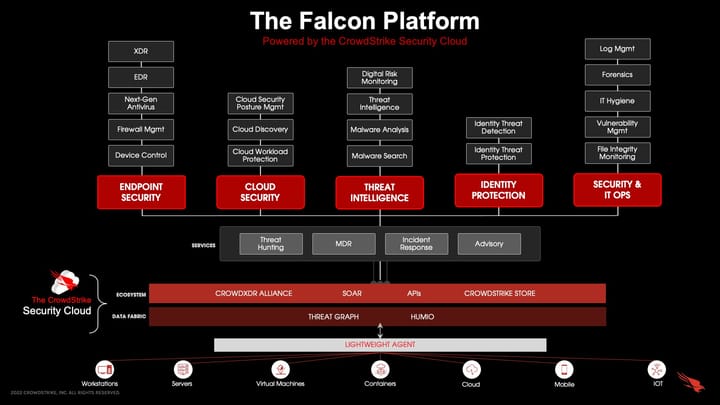Microsoft's AI Team Exposes 38TB of Data: A Wake-up Call for Cloud Security

In a recent and unsettling development, Microsoft's AI team inadvertently exposed 38 terabytes (TB) of data, casting a spotlight on the potential vulnerabilities within cloud storage systems and the paramount importance of stringent security measures. This incident not only raises eyebrows among cybersecurity experts but also serves as a critical lesson for Chief Information Officers (CIOs) and IT professionals about the complexities and challenges of securing cloud environments in an era increasingly dominated by vast data and AI-driven technologies.
The Incident Explained:
The exposure stemmed from a misconfiguration within Microsoft's Azure cloud services, a platform renowned for its robustness and security features. The misstep allowed unauthorised access to a staggering amount of data, which was not initially intended to be public. The data in question was part of a project managed by Microsoft's AI team, emphasising the scale at which such teams operate and the kind of sensitive information they handle.
Immediate Response and Remediation:
Microsoft responded to the incident promptly, rectifying the misconfiguration and taking steps to prevent similar breaches in the future. The company conducted a thorough investigation to understand the depth of the exposure and to identify any potential exploitation of the data. Microsoft's transparency and swift action in addressing the issue were commendable, yet the incident leaves lingering questions about cloud security practices and the measures in place to protect sensitive data.
Implications for CIOs and IT Leaders:
The exposure of 38TB of data serves as a crucial reminder of the inherent risks associated with cloud storage and the need for continuous vigilance in cloud security practices. For CIOs and IT leaders, this incident underscores several key considerations:
- Security Configurations: The importance of regular audits and checks on security configurations cannot be overstated. Misconfigurations are among the leading causes of data breaches in cloud environments.
- Access Controls: Ensuring strict access controls and permissions is vital to minimise the risk of unauthorised access to sensitive data.
- Data Encryption: Encrypting data at rest and in transit provides an additional layer of security, making it more difficult for unauthorised parties to exploit exposed data.
- Employee Training: Human error remains a significant vulnerability. Regular training on security best practices can reduce the risk of accidental exposures.
- Incident Response Plans: Having a robust incident response plan in place ensures that any breach can be dealt with swiftly and effectively, minimising potential damage.
The Bigger Picture: Trust in Cloud Security:
While cloud platforms offer scalability, flexibility, and cost-efficiency, they also introduce complex security challenges. Incidents like the recent data exposure by Microsoft's AI team highlight the critical balance that must be maintained between leveraging cloud technologies and ensuring the security of data stored within these environments. Trust in cloud security is paramount for the continued adoption and growth of cloud services across industries.
Moving Forward:
For businesses and organisations leveraging cloud services, this incident is a stark reminder of the need for a proactive and comprehensive approach to cloud security. It emphasises the importance of partnership with cloud service providers who are transparent, responsive, and committed to the highest security standards.
In conclusion, while the exposure of 38TB of data by Microsoft's AI team is a significant misstep, it also provides a valuable learning opportunity for the tech community. It reinforces the need for constant vigilance, ongoing education, and the implementation of robust security measures to protect against the ever-evolving landscape of cyber threats. For CIOs and IT leaders, it's a call to action to prioritise cloud security and ensure that their organisations' data is protected with the utmost diligence.



Comments ()